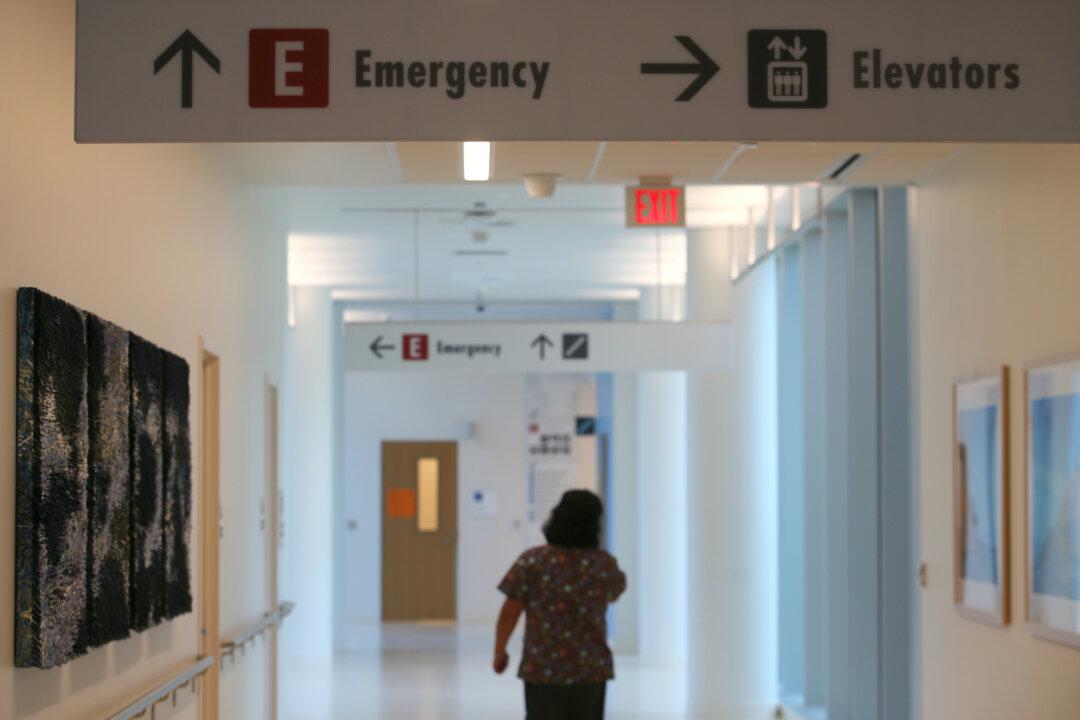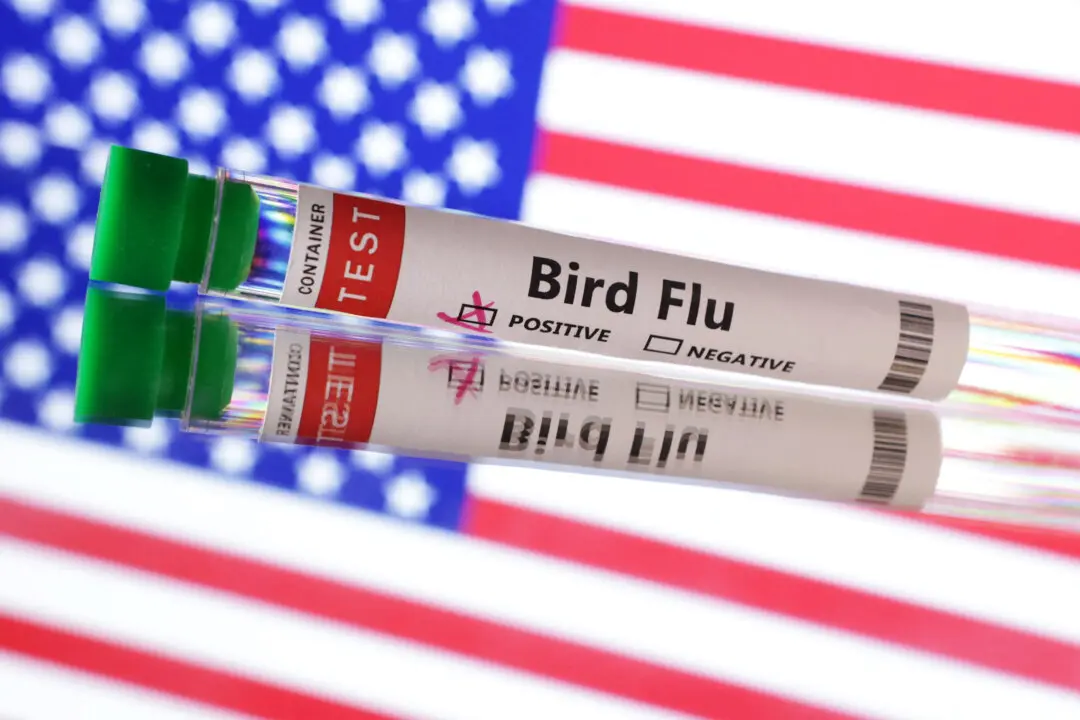BEIJING/SHANGHAI—Auto sales in China fell for a 15th consecutive month in September, data from the country’s biggest auto industry association showed, dampening hopes for a second-half turnaround in the world’s largest auto market.
Total auto sales fell 5.2 percent from the same month a year earlier to 2.27 million vehicles, the China Association of Automobile Manufacturers (CAAM) said on Oct. 14.





